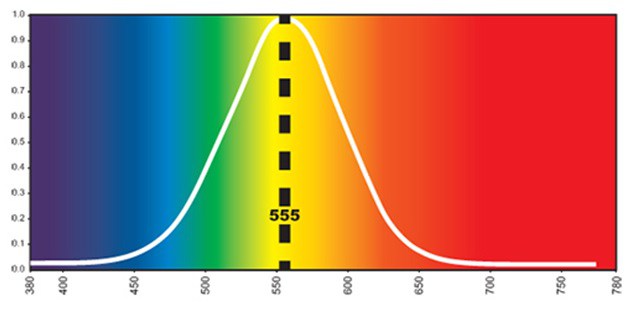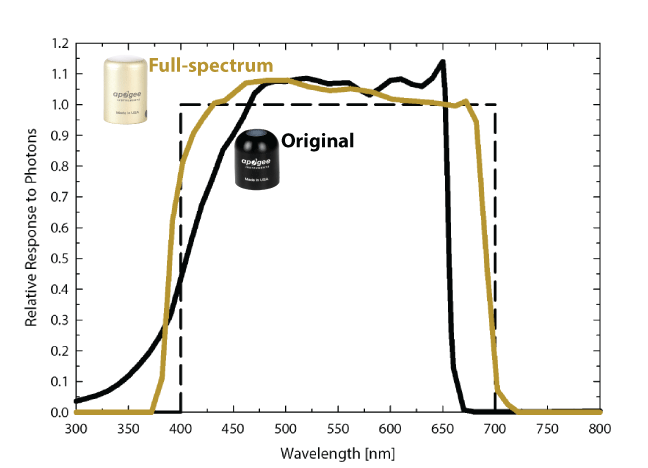- Joined
- Jun 8, 2015
- Messages
- 753
- Reaction score
- 386
I thought the Seneye's were not a true Par meter. My understanding is that they are a normal lux meter with a special filter to tune a second lux detector. They then use these two values to calculate both PAR and Kelvin.
Two things I have seen support this. First, is that they claim it will take direct Lux readings but not PAR readings.
Second, they say this:
"We recommend that the seneye PAR function is used only as a measure against light readings taken from other seneye devices or a seneye PAR organism table. Why? most PAR devices are aimed for use in greenhouses where they are more interested in the red end of the PAR spectrum as this is where most terrestrial plant get there useful light from. The seneye device is more sensitive than most at light below 450nm (bluer). This is arguably the most important spectra for coral and why most marine aquarists use additional actinic (03) spectrum bulbs."
From this, it really looks like they are just doing a calculated PAR using a correction factor.
I own a Seneye and have taken measurements on it against an Apogee MQ-200 and they are pretty much the same. BRS has also done this and got to the same conclusion. Regardless there are 3 meters out there under $200. Biotek BTM-3000 and Apogee SQ-420 which are the same thing really and the Seneye. Then if you already have a multimeter you can get the new SQ-500 for $295 which measures better and blueacro sells a little pcb converter that you plug into the multimeter if you don't want to do the math for cheap.




















